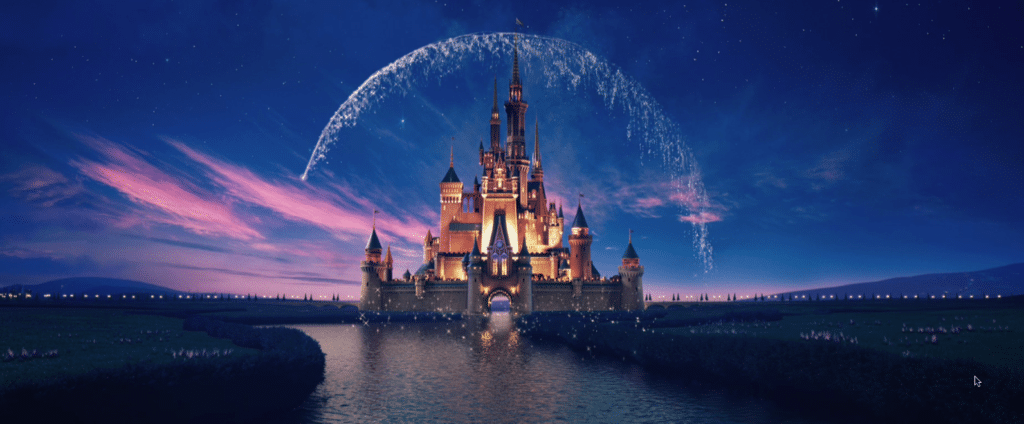By: Amanda Valentine | Editor-in-Chief
*DISCLAIMER: Op-eds are independently written and do not reflect the views of the Mosaic Student Newspaper or Salve Regina.
One of the most common responses to any successful piece of media of the past decade is to insist that one character, or any number of side characters, “deserves” a spin-off. When supporting characters garner enough of a cult following, producers of spin-offs are guaranteed a level of success, preventing their show from completely flopping. Take three vastly different examples of this phenomenon: Sam & Cat, Breaking Bad: El Camino, and The Mandalorian, for example: while these media have nothing thematically in common, their respective successes among audiences are not due to the quality storytelling, the world-building, or the mass appeal, whether each of those exists aside. The bulk of their success comes from the dedication of fans from their respective original series.
There is no risk for the producer or the consumer in a spin-off series. The producer is guaranteed an audience for their product, and the consumer is guaranteed their money’s worth before they even invest it. This pattern is nothing new; the film industry has been churning out reboots and revamps for decades. It is a marketing scheme that works.
Just like TV spin-offs, photorealistic and live-action remake films depend on fan loyalty. What is new, and what sets them apart, is the advanced technology that can now be used in remixes that were originally animated. Between greenscreens and CGI, what was once only possible to depict in cartoon animation can now be recreated with extraordinary realism. The potential for aesthetic experimentation, costume design, and sometimes choreography is boundless.
This is just what Disney hopes for: they aim to tap into the wishful nostalgic of the now-adults that grew up with the original film, while also captivating for the first time a new generation of children.
While many different studios are jumping on the trend – a live action WednesdayAddamsseries and Monster High remake are a few examples – the primary propagator is Disney. Disney launched a few select remakes in the 90s, but they didn’t amass great success with the style until 2010’s Alice in Wonderland. Since that film, they have released a new remake almost every year, gradually building up to four whole live action releases in 2019 alone. Had movie theatres not been hit with a pandemic in 2020, they would likely have seen even more live action films last year.
Though technically photorealistic animation and not “live-action,” The Lion King is Disney’s most successful remake to date. (Apparently there is a vast audience that can overlook how deeply disturbing it is to see animals move their mouths like humans.) Data cannot be collected on those under age 18, but Statista reported that about half of the 18-29-year-olds they surveyed were likely to go see The Lion King when it was released in theatres. This is just what Disney hopes for: they aim to tap into the wishful nostalgic of the now-adults that grew up with the original film, while also captivating for the first time a new generation of children.
But “Let It Go”is 8 (!) years old and still makes Christmas radio stations every year, and Beyonce’s song “Spirit,” for The Lion King, just barely made the Billboard Top 100. The 2019 remake sacrifices magic for maturity and novelty for diluted nostalgia, catering to a generation that can be won over by celebrity and wooed by aesthetic. Just like spin-offs can contribute little to their world but still find an audience, live action remakes do not have to improve the original story: the audience knows the characters, knows the celebrity cast, and knows the soundtrack. Just as with spin-offs, there is no risk for the producer or the consumer. It guarantees profits, but the trend to live action movies leaves less room in the budget and the theatre for the heartfelt, childhood-defining animated films that were once Disney’s signature.

The kids who were 5 at the time of Frozen’s release are 13 now, so despite its recent sequel, the film is well over the bell curve of its craze. Few Disney films have come even remotely close to filling its shoes in the time since. Instead, Disney continues to lean to the option that will get the most money out of their older audiences (even charging a stunning $30 on Disney+ for a “I’ll-Make-A-Man-Out-Of-You”-less rendition of Mulan). The live action trend has so drastically rerouted the usual intent of Disney films that a live Cruella de Vil movie was just announced – as if there is any need whatsoever to encourage audiences to sympathize, root-for, or understand a woman who skins puppies. It is possible the film will not try to garner sympathy for Cruella (which would be in its best interest), but it is likely to be another fainthearted story that is little more than a moral cesspool of star-power and CGI.
The same older audiences that the films are targeted at have embraced the trend, often preemptively imagining casts for their old favorites that have yet been remade. It is the age of social media, and paying customers are happy to vote for which internet personalities they want to see in the next cinematic playground for celebrities.
The trend occupies its own unique niche, and remake films do possess a value of their own. However, it is hard not to be nostalgic for a more heartfelt age of animated films and shows when a live action UNO movie – of all things – is announced. Even when much-beloved celebrities take an upcoming lead role, each new unimaginative remake and spin-off stings as a slighting reminder of how painfully out of balance the desire to generate profit is with the desire to tell genuine, risk-taking good stories.
Cover Image: “disney” by Marc Levin on Flickr is licensed under CC BY 2.0














